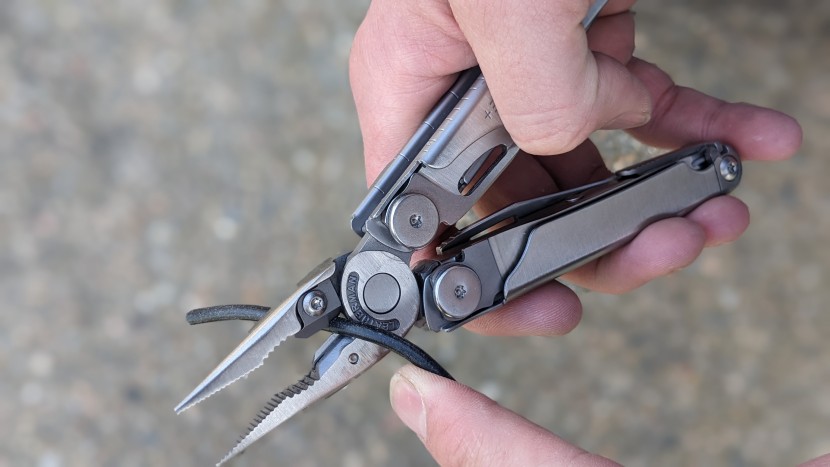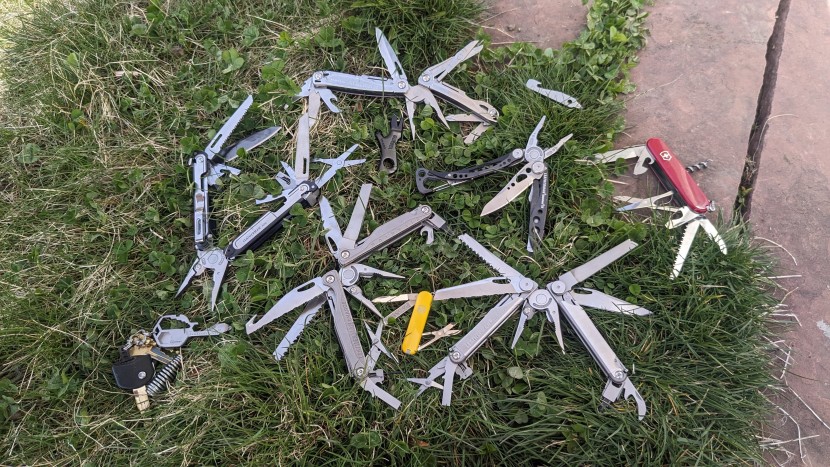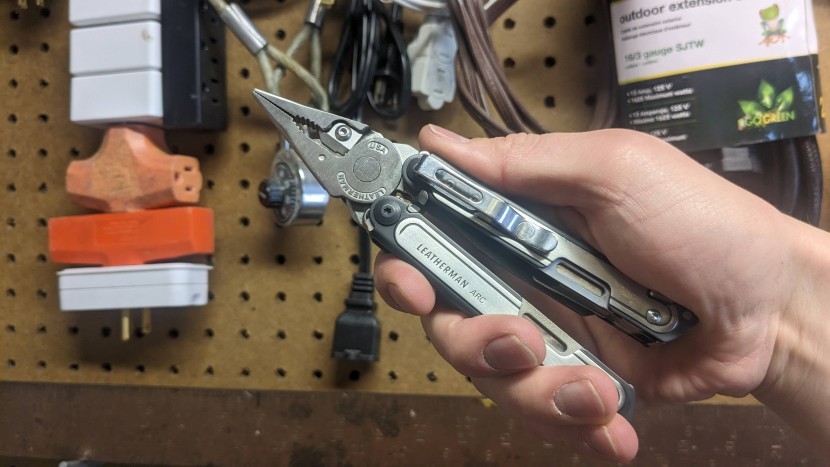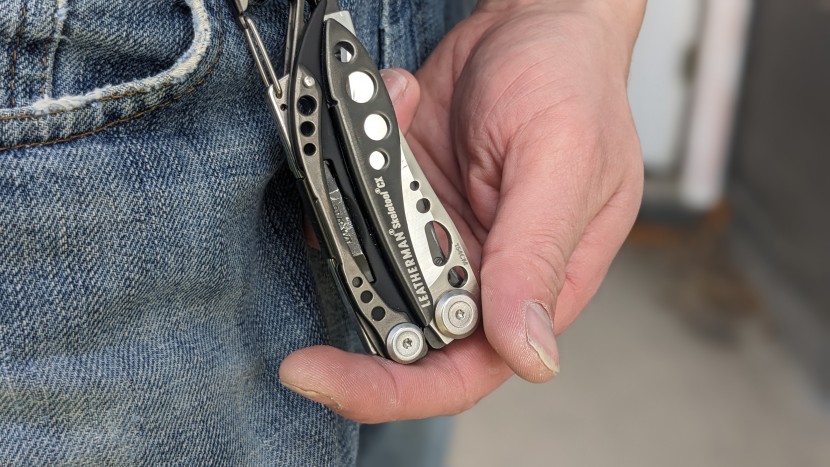Testing multi-tools is about as straightforward as it sounds – We use them in everyday and task-oriented work. Our test team is selected to include people that work and play with their hands in remote and tough environments where using a multi-tool enhances their utility. In this “real world” environment, we learn the most about a tool's function and quality and become passionate critics or staunch defenders of minute design choices. However, that environment doesn't teach us all we need to know. We complement the user testing with a handful of formalized tests that challenge and add to the findings we gather in the field.
Functions
First, we take stock of the functions on the multi-tool with a simple count. Manufacturers are notoriously generous in their function count, calling out barely different tool changes as a full-fledged tick on the tool chalkboard. It's important to take the marketing speak with a grain of salt. Yes, the four-function pliers may all be legitimately useful, but in the end, they are still only one pair of pliers.
Next, we use each function in its intended application. From this, we deduce actual utility. An included tool shouldn't really “count” if it isn't meaningfully different or efficient. Finally, we assign an importance weight to each function to give a final score. We have long held that the ideal multi-tool includes locking pliers, one-hand deployable blades, scissors, can/bottle opener, file, pocket clip carry (not a function, but something we value highly), and a 1/4 inch bit driver. When a tool includes one or more of these ideal functions (and none we have found includes all of them), it bumps up the score more than a “vanity” function would.
Construction Quality
Construction Quality is first assessed with a basic initial impression. Hinge tension, lock action, and rattle factor in each tool tell a great deal about the overall construction quality of a multi-tool, as does an inspection of the blade's edge to be sure there are no burrs. We have yet to experience a quality issue with a tool that surprised us. Further, we perform tasks with the tools intended for heavy use. With every set of pliers, we bend and cut a full-thickness coat hanger. With every blade, we perform at least a few minutes of hardwood whittling. Finally, we use every tool for months, just like you will. If anything, we contrive reasons to use our tested multi-tools so that they will see greater than average “mileage” before we reach any review conclusions.
Ergonomics
Use is the only real way to assess ergonomics. We know the attributes that influence ergonomics, but none of it matters until we use the tools in all their intended applications. We look for smooth edges, minimal to no interference between tools, and locks that work smoothly and reliably. Do the pliers hurt your palm after cutting 16-gauge fencing for an hour? Is the driver placement centered and locked to prevent slippage off of the screw?
Portability
We measure each device for weight, length (closed, with pliers deployed, with the primary blade open, and the primary blade effective edge), and thickness (not including any pocket clip). Further, we identify various carry options. An included sheath is nice. Pocket clip carry configuration is very highly regarded. Smaller tools that carry well on a keychain are rewarded for portability.
Conclusion
Our testing process is as thorough as we can make it. We apply years of experience and true professional-level perspective and then communicate our findings simply and clearly. There are many, many resources on the web for deeper examinations of multi-tools. None, though, compare products like we do, with the depth of experience we do, and then communicate findings with the casual to the enthusiastic user in mind as we do.





